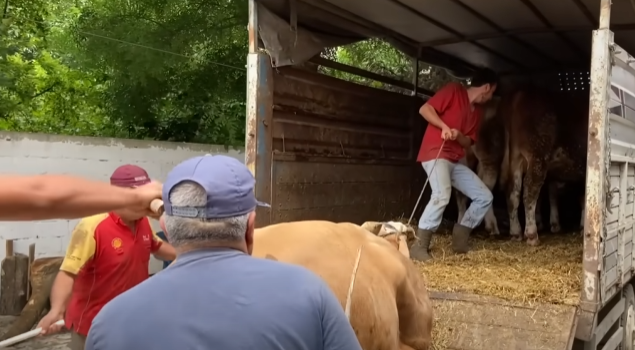During Eid al-Adha, the unloading of Qurban animals is a crucial step in ensuring the well-being of the livestock and the safety of handlers. Proper unloading practices not only uphold animal welfare standards but also reflect the ethical spirit of the Qurban ritual.
Animals such as cows, goats, and sheep are often transported long distances before reaching their final destination. Upon arrival, it’s important to allow them a moment to rest and adapt to the new environment. The unloading area should be calm, free from loud noises, and have non-slip flooring to prevent injuries.
Handlers must use appropriate equipment such as ramps with gentle slopes and side railings. Avoid dragging or forcing animals to move, as this can cause stress or physical harm. Using calm verbal cues and gentle guidance helps reduce the animals’ anxiety.
Teamwork is also essential. Each person involved should be trained in basic animal handling and understand the behavior of different species. Cattle, for instance, may hesitate to move if they feel uncertain, while goats can become agitated in unfamiliar settings. Patience and planning are key.
In addition, monitoring the health of the animals upon unloading is vital. Check for signs of dehydration, injuries, or stress. If any animal appears unwell, isolate it and seek veterinary attention promptly.
By following humane and organized unloading procedures, communities can honor the religious values of compassion and responsibility that lie at the heart of the Qurban tradition. Ensuring the safety and comfort of the animals is a meaningful act that contributes to the overall sanctity of the celebration.
